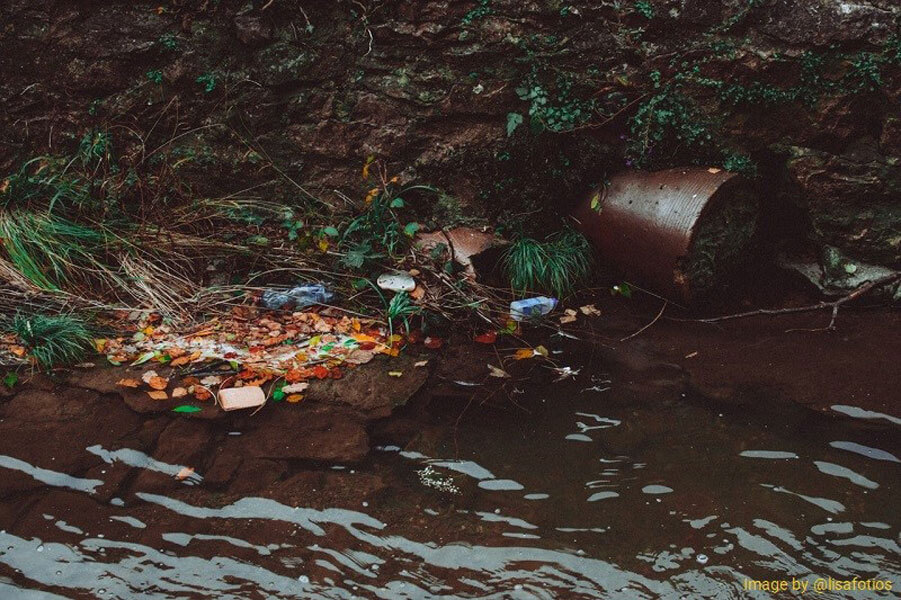
When the number of visitors to a tourist destination exceeds the capacity of its environment, the negative impacts of irresponsible tourism appear. If tourism continues in its unbridled traditional way, many potential threats will target the environment around the world.
Of course, we also have the positive effects of responsible tourism on society, which we will discuss later. Here, we will address gaining awareness about the destructive effects of thoughtless behaviors which is a very important step. Conscious tourism means traveling with open eyes. We hope you all become professional travelers who leave a very little negative footprint on your travels.
When irresponsible tourism puts too much pressure on an area, we will see the following negative effects:
- Soil erosion
- Increasing pollution
- Garbage disposal in the sea
- Destruction of natural habitats
- Increasing pressure on endangered animal species
- Increasing the vulnerability of forests to fire
- And the like
Also, irresponsible tourism will have adverse effects on water resources and can force local populations to compete for the use of vital resources.
The Negative Impacts of Irresponsible Tourism on the Environment
The effects of irresponsible tourism on the environment are diverse. Here are their categories:
• Reduction of Natural Resources
The development of tourism in its traditional and irresponsible form reduces natural resources when it increases resource consumption in places with rare natural deposits. Some of the most prominent examples in this field are the consumption and depletion of water resources, land degradation, and reduction of other local resources.

In irresponsible tourism, water resources are generally used in various and excessive ways. For example, the use of swimming pools, golf courses, and drinking water by irresponsible tourists for personal needs. This causes water shortage, failure of water supply systems, and increasing production of sewage.
In some regions of the world, such as Iran, and especially in its desert regions, the severity of this challenge is much greater. Due to the excessive heat of the air and travelers’ increasing need for drinking water, the amount of water consumed is much higher than usual in temperate regions.
Unfortunately, We have observed large-scale lawn plantations in some tourist destinations in Iran to generate a pleasant environment for tourists. In most parts of Iran, due to the dry or semi-arid climate, lawn plantation is not a suitable solution for creating a green space or a favorable environment.
Land Destruction
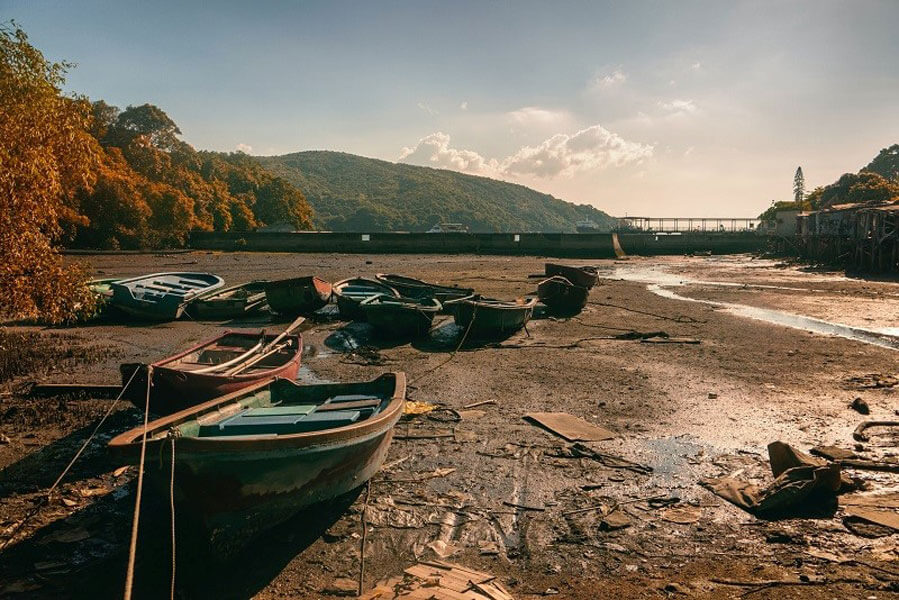
Earth’s most important resources include fertile soil, forests, grasslands, and habitats for wild animal species. Unfortunately, irresponsible tourism is often one of the causes of the destruction of important land resources in different regions of our country. When we start building tourist service facilities every day, we put increasing pressure on these resources and the natural landscapes of our tourist destinations.
When humans start construction, animals leave their natural environment due to the destruction of their habitats or the noise created. This can kill some wild animal species in those areas. For example, the roads we build in natural areas are not the natural boundaries of wild animal species. So they need to go from side to side. As a result, these animals are run over by cars while traveling in their natural habitats.

This can even change the behavior of animal species and we humans see them as troublesome creatures. For example, they may enter places they would not go before – such as the backyards of village or city residents. Another example of a change in behavior occurs when these animals become aggressive to protect their young ones. Sometimes they become wilder in order to obtain food that has become scarce due to the development of tourism.
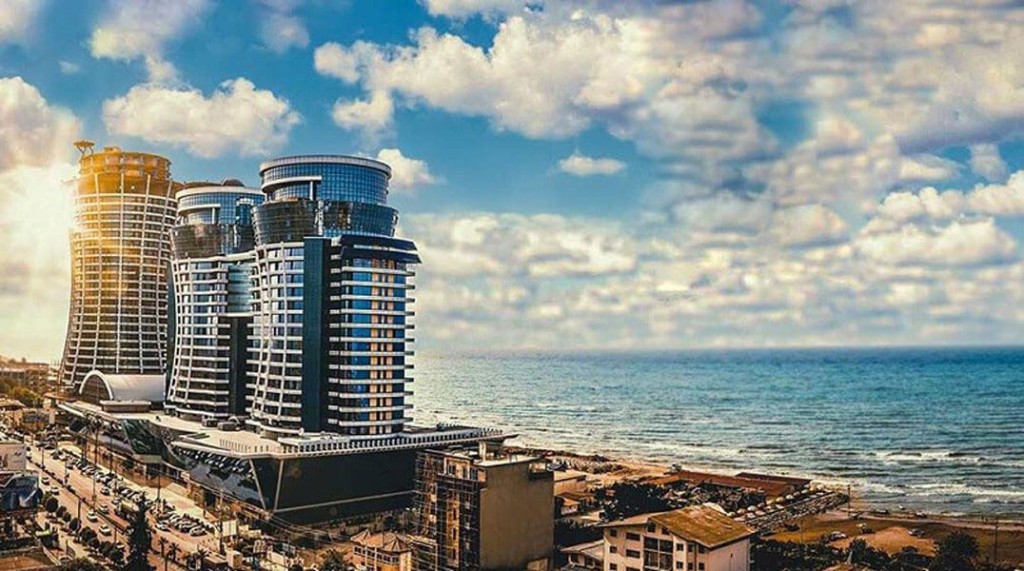
At times, irresponsible and traditional tourism causes the destruction of natural landscapes. If we do not have effective laws and guidelines to limit the development of tourism, natural landscape destruction will be more likely to occur in our country. If we build hotels or multi-story buildings for tourists that have no harmony with the surrounding architecture and the natural settings, this will destroy the charm of that area and its natural beauty.
When non-professional travelers enter forests on their travels and cut branches of trees to start fires, they are actually helping the forest elimination. This will eventually destroy the land. For example, tourists who go hiking in nature in Nepal burn 4-5 kg of wood per day.
There are other ways of irresponsible tourism that leave negative footprints in nature:
- Climbing and hiking in the mountains
- Walking in the desert or forest
- Skiing on a specific route
In some parts of the world, measures have been taken to reduce the negative impact of tourism on a specific route. For example, they have limited the number of tourists.
Local Resources
The pressure tourism places on local resources such as energy, food, and other raw materials can be very high, especially if the amount of these resources is low before tourism begins in the area. The use or movement of these resources by tourists causes their overexploitation.
Since the nature of tourism in some parts of the world is seasonal, when tourists arrive in the most visited seasons, the number of inhabitants of a place increases several times. Usually, the expectations of tourists regarding the amount of proper heating, hot water, etc. are higher than the local residents’ expectations. In such seasons, with this upward trend of demand for resources, the request level increases sharply. This can even put pressure on the area’s infrastructure. Therefore, the local community will be unable to respond to the needs of the local people.
Pollution from Tourism
The tourism industry can produce pollution like any other industry: air pollution, noise pollution, waste, sewage, fuel, and chemicals. The tourism industry can also result in various forms of visual and architectural pollution. This becomes too troublesome when travelers do not follow the principles of the responsible tourism charter and create the negative impacts of irresponsible tourism.
Air Pollution and Noise Pollution

In response to the growing number of tourists and their increasing need for trips, the amount of air, road, and rail transportation in each country is increasing. In fact, more than 60 percent of air travel is due to the existence of tourism.
According to a study on the negative effects of air travel, researchers have found out that the amount of CO2 pollution of a flight over the Atlantic Ocean (lighting, heat, car use, etc.) equals the amount of pollution that a person in produces in one year. The result of this research is shocking!
The amount of air pollution caused by passenger planes has negative impacts globally, especially the pressure that transportation puts on energy sources with its CO2 output. This can greatly increase the level of air pollution at the local level. At the same time, these shifts can also contribute to climate change.
Noise pollution can also be a concern. Noise pollution from airplanes, cars, buses, and other vehicles can cause discomfort and anxiety, and even hearing problems for humans. Noise pollution can cause stress in animal species and even change their natural activity pattern. This concern is especially high in the areas around major airports.
Garbage Disposal
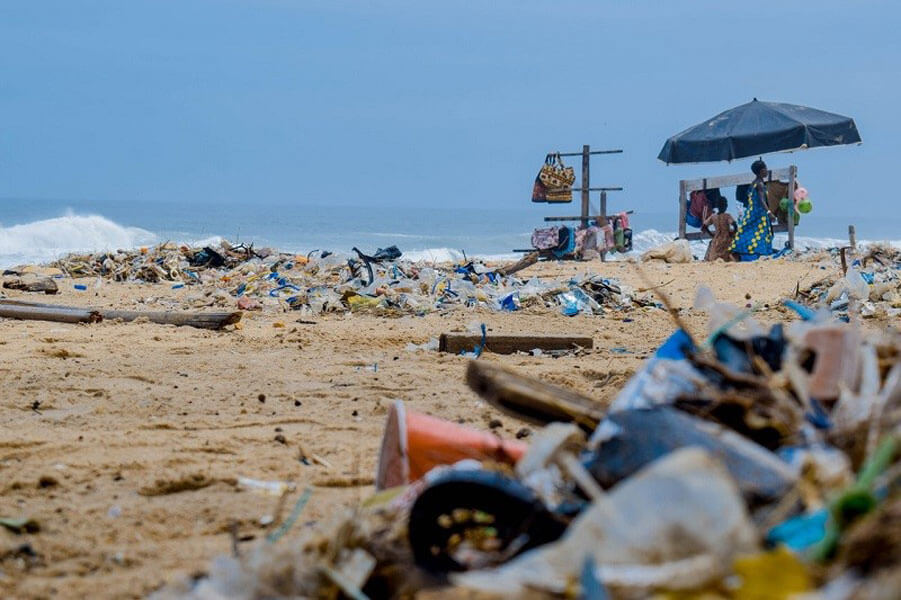
Garbage disposal is a serious problem in areas where there are natural attractions and large-scale tourism activities. The negative impacts of irresponsible tourism on the environment can be easily seen in these areas. Improper waste disposal can become a major factor in the destruction of the environment and nature around us. We all see that the presence of plastic bottles and sewage can extremely deteriorate the beautiful scene of rivers, the countryside, and the areas around the roads.
Another shocking example of the negative effects of tourism on the environment is the existence of cruise tourism in the Caribbean. It is estimated that cruise ships produce more than 70 thousand tons of waste annually. About 77% of all waste produced by ships is the result of marine tourism and cruise ships. On average, a cruise ship passenger produces 3.5 kilograms of waste per day, compared to the average person on land who produces a maximum of 0.8 kilograms.
The production of solid waste can destroy the physical appearance of water and beaches, and cause the death of aquatic organisms. As you have seen in many famous photos, the stomachs of many birds are also filled with small pieces of plastic waste. Since the stomach of birds cannot digest plastic, these physical wastes cause their death. This is just one of the negative impacts of irresponsible tourism on the environment.
Mountain people also suffer from irresponsible tourism. Tourists who walk in these areas produce a lot of garbage. Wherever these tourists pass, solid waste, oxygen cylinders, and even camping equipment are left behind.
Wastewater
The construction of hotels and other recreational facilities can increase sewage pollution. Unfortunately, many tourist destinations, especially in developing countries, do not have strict laws regarding sewage disposal. As a result, sewage pollutes the sea and lakes around tourist attractions in the world. These damages that are caused to the animal and plant species of the mentioned areas are capable of causing serious damage to the coral reefs.
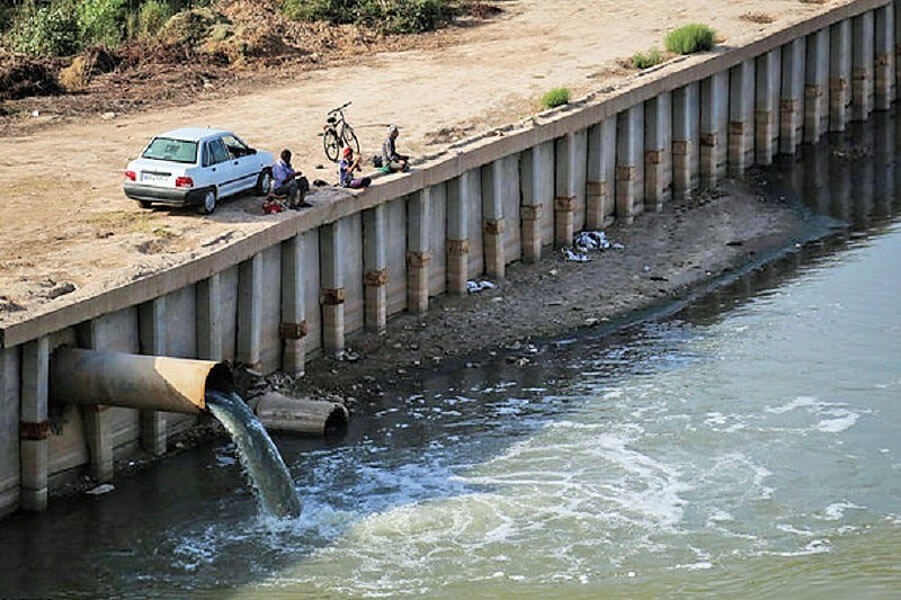
Sewage pollution threatens the lives of humans and animals. Many of you may remember that many years ago the water in many rivers was very clear. All of us have heard from our parents and grandparents about the clear water of springs and rivers. Today, sewage from factories and residential areas, which are not properly managed, has disturbed these beautiful natural landscapes.
Pollution of Beautiful Landscapes
Sometimes the tourism industry cannot build facilities with indigenous characteristics in a tourist destination. As a result, gigantic structures are built with strange appearances that do not match the natural environment around them. Consequently, the incongruous design of their structures leads to the disruption and uniformity of the beautiful local landscapes.
In many tourist destinations, due to the lack of special construction and land use guidelines, a whole series of very unsightly buildings grow like mushrooms along beaches, valleys, and beautiful natural landscapes. These tourism facilities include roads, staff accommodation, parking, service areas, and waste disposal. This construction method reduces the attractiveness of a tourist destination and has a negative impact on tourism itself.
Physical Effects of Tourism Development
While the tourism industry has many negative environmental effects, the physical effects of the development of the tourism industry are another problem. These consequences can include creating buildings, structures by the sea, roads, etc.
Construction Activities and Infrastructure Development
The development of tourism facilities can include things such as sand removal, sand dune erosion, and deterioration of animal habitats on the beaches. Tourists usually do not see these side effects of tourism development, although they can witness its devastating consequences on the surrounding environment. These activities may displace animals from their natural habitats, as the noise of these constructions disturbs them.
Deforestation and Unsustainable Land Use
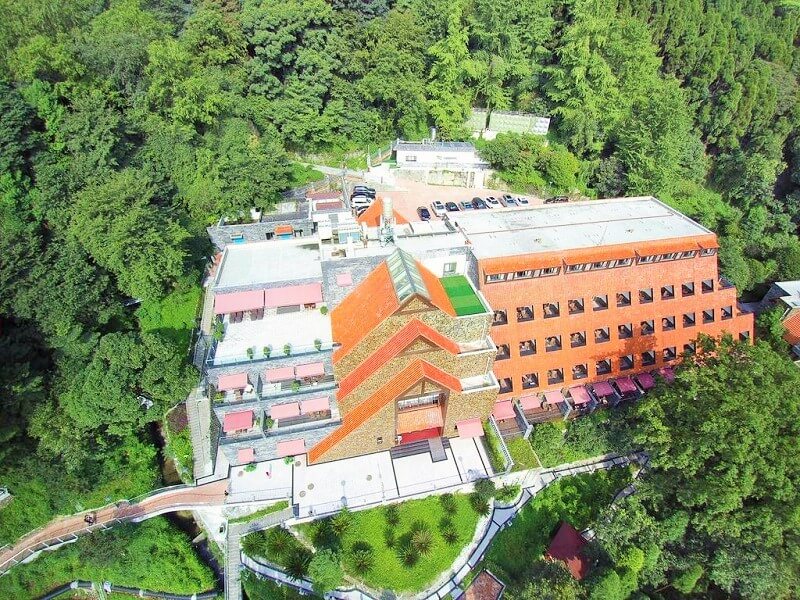
Building tourism facilities such as cable cars and ski resorts often require leveling land and cutting forest trees. This land clearing (wood cutting) can be used to obtain the necessary materials to build tourism sites. Likewise, coastal wetlands are sometimes drained to make suitable sites for construction. As a result, the areas that were once the habitat of animal and plant species become hotels, parking lots, and swimming pools.
Development of Coastal Areas
Building ports and tourism facilities by the sea can increase negative environmental effects. The development of these structures and breakwaters can cause changes in water flows and coastlines. These changes can have extensive effects (such as changes in temperature and erosion) in wider ecosystems.
Coral Reefs
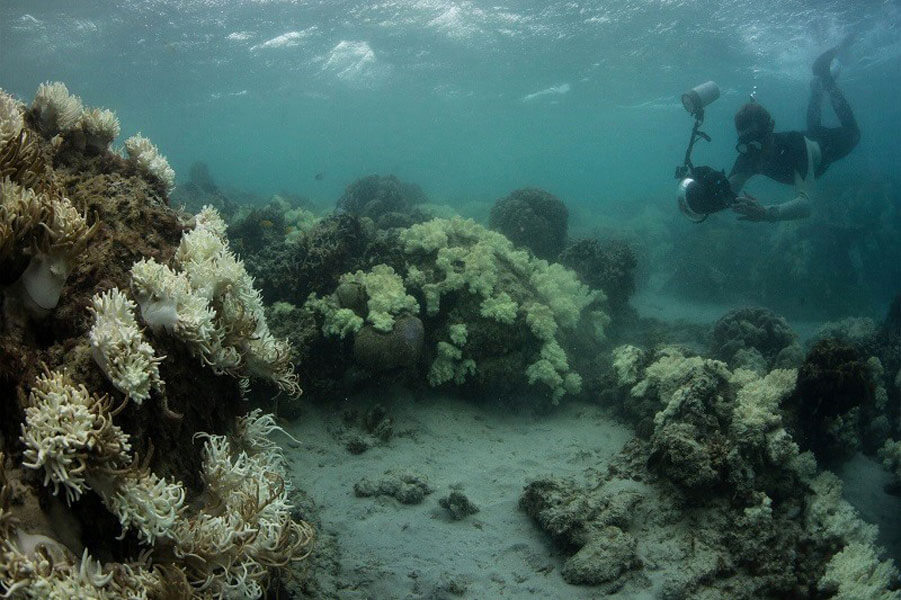
These coastal ecosystems are extremely fragile. All over the world, these rocks have been affected by the development of tourism and tourist activities. According to various pieces of evidence, the development of the beaches has caused negative effects on these rocks. Increasing sediments in water can have negative effects on their growth.
The fact, tourists can cause irreparable injuries or even death to the reefs just by stepping on them. The collision of the bottom of the boats with the seabed can kill coral reefs. Sewage pollution will also have destructive effects on them.
All these factors work hand in hand to reduce the size of coral reefs all over the world. So, this will have a wider impact on marine life and the ecosystem. It is worth knowing that these rocks are the habitat and source of food for many animals.
Physical Effects of Tourism Activities
The last point that should be mentioned in the context of the negative impacts of irresponsible tourism on the environment is the physical result of tourists’ activities, which include walking in nature, anchor dropping, diving, and recreational boating.
Walking in Nature
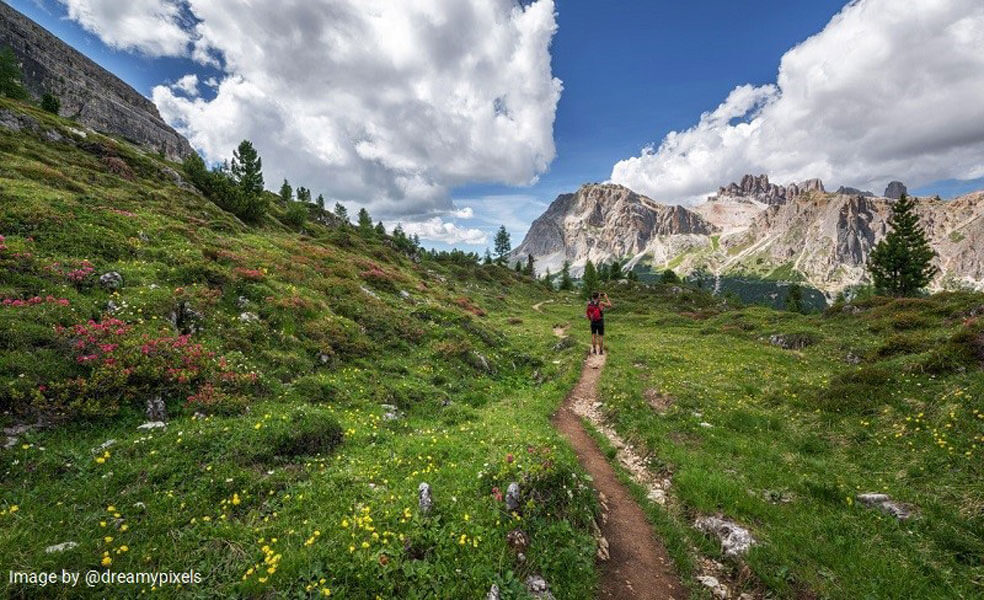
Tourists who repeatedly use the same hiking trail trample vegetation and soil, which eventually causes damage to biodiversity and other destructive effects. If visitors to these areas leave the designated routes, the resulting damage can even cause wider negative effects. These consequences have been observed in some parts of the world such as Machu Picchu and other well-known tourist destinations.
Anchor Dropping and Other Waterside Activities
Along the seas, many tourist activities take place in and around fragile ecosystems. Anchor dropping, diving, and boating are some of the activities that can cause direct destruction of marine ecosystems such as coral reefs.
Changing Ecosystems due to Tourism Activities
Recreational tourism activities can cause the destruction of habitats. For example, wildlife watching can cause stress to animals and change their natural behavior as tourists get too close to them for this activity.
Can the Negative Effects Be Reduced?
Fortunately, we can reduce the negative impacts of irresponsible tourism on the environment. Despite all that said, humans can travel responsibly and leave a less negative footprint. It is possible to use the progress of human knowledge to make this happen. By increasing the level of awareness of tourists, we can witness the cautious activities of professional travelers who behave appropriately and teach others to do the same. The result will be a significant reduction in the negative effects of tourism on the environment, which will lead to sustainable tourism.













